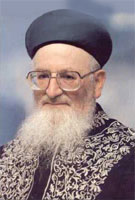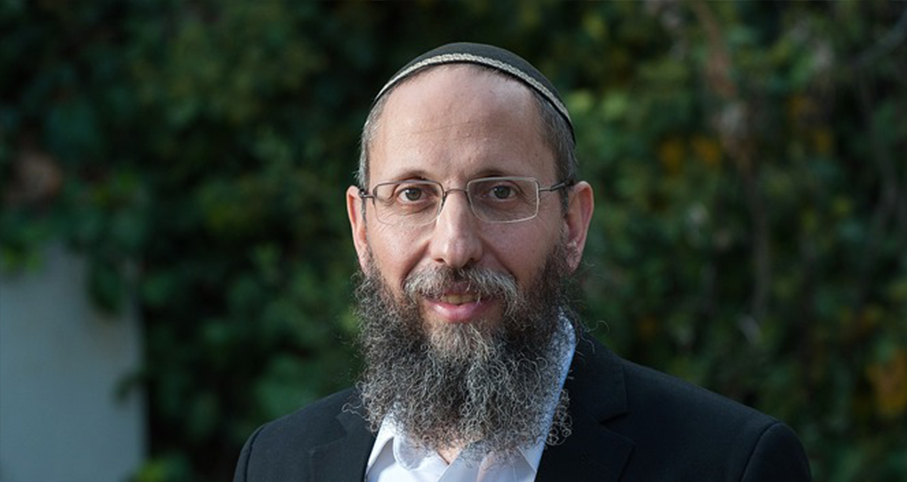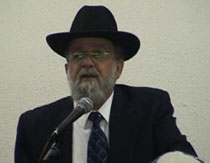Beit Midrash
- Sections
- Chemdat Yamim
- Parashat Hashavua
- Torah Portion and Tanach
- Vayikra
- Tazria
The order of presentation is: the tzara’at of a person’s own body, followed by that which affects his clothes, with which he has a direct physical contact, and finally that of the walls of one’s house, which just surround a person. To what extent does this order indicate something basic about the essence of the different types of tzara’at?
Abarbanel views tzara’at of the body as some sort of biological imbalance, even though it is a symptom of a spiritual failing. He is thus perplexed by the idea of tzara’at in inanimate clothing. He explains that certain types of fabrics that come in contact with the afflicted human body are susceptible to the afflictions that emanate from the body, and they could reintroduce the afflictions into the recovered person at a later point. Therefore, they have to be dealt with, including by removing parts of the fabric or even burning the whole garment if necessary. He agrees with the Ramban that tzara’at of the house is a miracle that has no logical explanation in the physical world. In any case, he views the phenomenon of tzara’at as one that emanates from the body and can then spread out.
A fascinating midrash in Ruth Rabba (2:10) seemingly views the progression in the opposite order. The midrash uses the development of tzara’at as one of the examples of Hashem starting afflictions removed from a person and having them progress toward him. It infers that before Machlon and Kilyon were killed by Hashem, their property was plagued, and they were thus warned and given an opportunity to repent. Similarly, the Egyptians suffered plagues to their property before Hashem killed their firstborns. Iyov sustained losses to property, then his children were taken away, and only later was he personally afflicted. So too, says the midrash, first a person’s house gets tzara’at. If he does not remedy the matter, it affects his clothes. Finally, if need be, it afflicts his body. (Presumably, the midrash understands the order of the p’sukim as corresponding to severity, not to the order of the events. One also has to consider how Iyov personally fits in, considering that his affliction was not a result of shortcomings.)
The two approaches, which arguably differ on a technical question about the origin and development of tzara’at, actually indicate a conceptual difference regarding their role. According to Abarbanel, the tzara’at is a result of the problems that exist within the being of the person (reflecting some sort of interplay between the physical and the spiritual). According to the midrash, tzara’at is a tool in the hands of Hashem, to punish and to communicate a message to the sinner.
While it would seem to be a blessing that we do not have to undergo the hardships of tzara’at, we have to look for other ways to sense what Hashem wants to communicate to us.

Parashat Hashavua: The Journey … from Charan to Mt. Moriah and Beyond
Rabbi Yossef Carmel | Cheshvan 5786

Giving More Than You Have?
Rabbi Yossef Carmel | 20 Cheshvan 5767

Parashat Hashavua: “See” and “Be Seen”
Rabbi Yossef Carmel | Cheshvan 5786






















